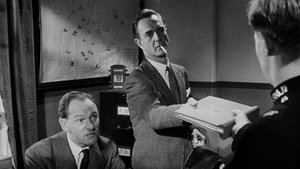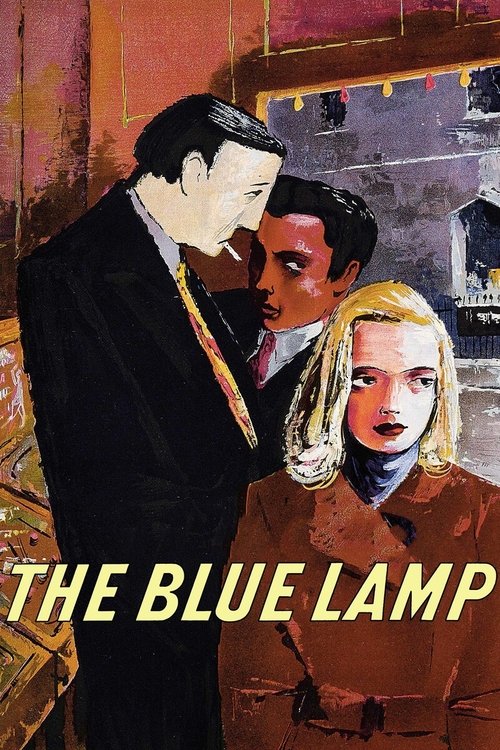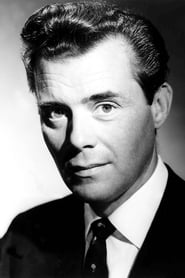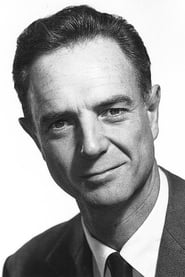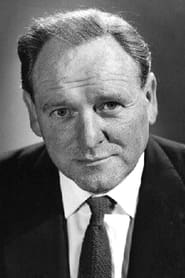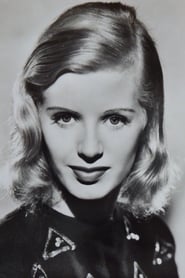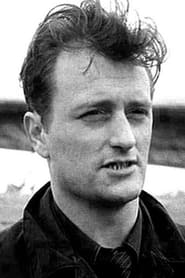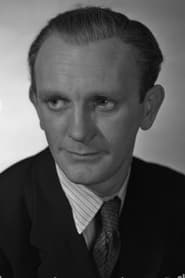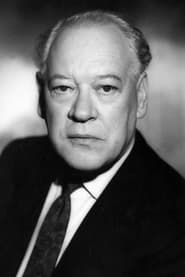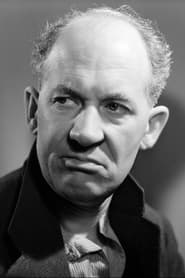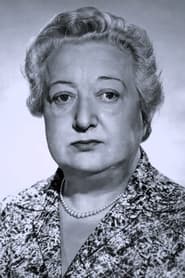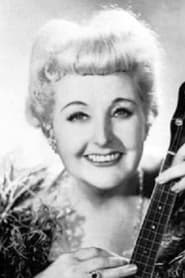Cast
View AllJack Warner
as PC George Dixon
Jimmy Hanley
as PC Andy Mitchell
Dirk Bogarde
as Tom Riley
Robert Flemyng
as Police Sgt. Roberts
Bernard Lee
as Divisional Detective Inspector Cherry
Peggy Evans
as Diana Lewis
Patric Doonan
as Spud
Bruce Seton
as PC 'Jock' Campbell
Meredith Edwards
as PC 'Taff' Hughes
Clive Morton
as Police Sgt. Brooks
Frederick Piper
as Alf Lewis
Dora Bryan
as Maisie
Gladys Henson
as Mrs Em Dixon
Tessie O'Shea
as Herself - Singer
John Adams
as PC at Darts Match (Uncredited)
Crew
Director
- Basil Dearden
Writer
- Jan Read
- Ted Willis
Producer
- Michael Balcon
Reviews
John Chard
Mustn't Grumble.
The Blue Lamp is directed by Basil Dearden and written by T.E.B. Clarke. It stars Jack Warner, Jimmy Hanley, Dirk Bogarde, Robert Flemyng and Peggy Evans. Music is by Ernest Irving and cinematography by Gordon Dines.
Andy Mitchell is a new recruit to the London police force, old hand George Dixon takes him under his wing and shows him the ropes. When Dixon is gunned down by a hot headed crook, Mitchell, the force, and the close knit community, all rally round to catch the villain.
What chiefly makes The Blue Lamp a fine watch is being able to witness the good old days of the British Bobby. It was a time when the copper was a feared and reassuring presence on the British streets, they walked the beat so everyone could sleep easy in their beds, help was but merely a whistle away.
In that, this Ealing Studios production does a wonderful job, the essence is perfect, the locale and the dialect used is absolutely spot on, whilst the story is an accomplished piece that brings to notice the sad emergence of trigger happy crooks, a new breed of thug who's discipline quota was zero. It also looks nice, with a film noir sheen presented for the night-time sequences, while Dearden offers up a great action scene and closes the picture down with a tense chase finale at White City Greyhound Stadium.
There’s inevitably some staid performances indicative of the time, and it definitely paints the police and surrounding community through rose tinted spectacles, but they are small complaints that ultimately can’t stop The Blue Lamp from being a most engaging viewing experience. 7.5/10
Feb 8, 2014
CinemaSerf
I think a lot of what makes this film resonate, even now 50-odd years later - is the stark fact that back then, the murder of a police officer was still pretty rare and was a crime guaranteed to galvanise both the police and the criminal fraternities alike against the culprit. That all helps to create an authentic scenario in which Dirk Bogarde is super as a petty thief who gets caught up in events that quickly run out of control. Peggy Evans is great, too, as the hysterical girlfriend. Basil Dearden keeps the whole thing tense and engrossing as the net begins to close and we get a gripping finale to this fairly simple film.
Dec 27, 2022
Thematic Analysis
This high-octane Crime/Thriller/Action film balances spectacular sequences with character-driven moments. Unlike many films in the genre, The Blue Lamp distinguishes itself through a unique visual style and creative action choreography.
Director Basil Dearden brings their distinctive visual style to this film, continuing their exploration of themes seen in their previous works while adding new elements. Their approach to pacing and visual storytelling creates a viewing experience that rewards close attention.
Released in 1950, the film exists within a cultural context that now offers viewers historical perspective on the social issues of that era. Its reception demonstrates the diverse reactions to its artistic choices and its place in cinema history.
Did You Know?
- The production of The Blue Lamp took approximately 17 months from pre-production to final cut.
- The final cut of the film runs for 84 minutes, though the director's initial assembly was reportedly 107 minutes long.
- The director insisted on using practical effects whenever possible, reserving CGI for only the most necessary scenes.
- The cast underwent specialized training for 5 weeks before filming began.
- Some visual effects sequences took up to 3 months to complete.
Historical Context
- In 1950, when this film was released:
- Television was becoming a dominant form of home entertainment.
- The Cold War was intensifying, influencing global politics and culture.
- The film industry was dominated by major studios, with independent cinema still in its early development.
How This Film Stands Out
While The Blue Lamp shares thematic elements with other films in its genre, it distinguishes itself through its unique approach to storytelling, visual style, and character development.
Unlike The 39 Steps, which takes a more conventional approach to its subject matter, The Blue Lamp offers a fresh perspective through its innovative visual language and narrative structure.
While films like Notorious and Vertigo explore similar territory, The Blue Lamp stands apart through its distinctive directorial vision and pacing.
This film's unique contribution to cinema lies in its thoughtful balance of entertainment value and thematic depth, making it a valuable addition to its genre.
Details
- Release Date: January 19, 1950
- Runtime: 1h 24m
Where to Watch

